Teaching a child to correctly hold a crayon or pencil involves understanding developmental stages, proper grip, and introducing tools and activities to refine motor skills. Start by ensuring their thumb, index, and middle fingers form a ‘tripod’ around the pencil. Encourage activities like threading and crafts to enhance hand-eye coordination and utilize aids like personalized pencil grips for support. Regular practice and positive reinforcement can boost confidence in writing. Examining the subsequent sections could provide a more thorough look at grip development milestones, intervention strategies, and a selection of products tailored to specific needs.
Essential Key Takeaways for Teaching Pencil Grip Development
- Encourage the child to use the dynamic tripod grip, where the thumb, index, and middle fingers form a triangle on the pencil.
- Use special tools like pencil grips to help form the correct grip, considering the child’s hand size and personal needs.
- Engage the child in activities that enhance motor skills, such as lacing and threading exercises, to improve hand-eye coordination and muscle strength.
- Create a conducive environment for practice and use positive reinforcement to boost the child’s confidence in writing.
- Seek professional help from occupational therapists for tailored intervention programs if grip concerns persist.
Teaching Pencil Grip to Children
Delving into the world of child development, it’s essential to understand the progressive stages – namely the fisted grip, palmar grip, and dynamic tripod pencil grip – as these play a pivotal role in a child’s fine motor skill development and are instrumental to mastering the art of holding a pencil or crayon. These child development stages span from infancy to preschool, each reflecting the gradual maturation of a child’s motor control.
The fisted grip, often observed in infants, is the initial stage of pencil grip development. The child holds writing instruments with their entire hand, mirroring a clenched fist. As they grow, they move into the palmar grip stage, where preschool-aged children begin to use their fingers to control the pencil, albeit with less precision.
The dynamic tripod pencil grip is the culmination of pleasing motor skill progression, typically observed in children aged five to six years. This refined grip allows for greater control and stability, paving the way for improved handwriting abilities. Observing and supporting children through these stages can notably enhance their motor skills and handwriting, setting solid foundations for future educational achievements.
Importance of Proper Pencil Grip
 Undeniably, the importance of a proper pencil grip in a child’s early developmental stages cannot be overstated. It is essential in honing fine motor skills for precise writing and drawing. It aids in developing minute muscle movements in the fingers, hands, and wrists, enabling the child to make controlled and coordinated movements, which are vital for good handwriting.
Undeniably, the importance of a proper pencil grip in a child’s early developmental stages cannot be overstated. It is essential in honing fine motor skills for precise writing and drawing. It aids in developing minute muscle movements in the fingers, hands, and wrists, enabling the child to make controlled and coordinated movements, which are vital for good handwriting.
A correct pencil grip significantly enhances hand strength and hand-eye coordination. Enhanced hand strength aids in extended periods of writing without fatigue, promoting better focus and academic performance. Concurrently, good hand-eye coordination fosters precision and accuracy in handwriting.
On the other hand, poor pencil grip can lead to difficulties in forming letters and shapes and hinder hand strength development. If not corrected early, it may lead to bad writing habits that can be challenging to rectify later. It is essential to encourage proper pencil grasp development from an early stage. This helps the child hold a pencil correctly and significantly boosts their writing skills and confidence.
Tips on Proper Pencil Holding

Now that we understand the importance of proper pencil grip let’s explore some practical strategies for teaching children how to correctly hold a pencil or crayon. One of the most vital things to remember about teaching a child the correct pencil grip is that it is not just about the fingers and thumb. It involves the whole hand, arm, and even shoulder muscles.
To begin with, make sure that the child’s thumb, index, and middle fingers form a triangle on the pencil. This grip, known as the dynamic tripod grip, is considered the most efficient way to hold a pencil. It allows for a good balance between stability and mobility, helping children develop fine motor skills.
To further assist your child, consider utilizing special tools like pencil grips. Products like the Firesara Unique Pencil Gripper can provide a comfortable hold and guide fingers into the correct position. Also, using metaphors such as holding a pencil like an alligator can be an enjoyable and efficient teaching method.
Activities to Enhance Motor Skills
To further enhance a child’s ability to hold a pencil or crayon correctly, various activities can boost their motor skills, thereby improving hand-eye coordination, finger dexterity, and muscle strength. One such activity is engaging in lacing and threading exercises. These fine motor activities can significantly enhance a child’s hand-eye coordination and finger dexterity through repetitive and focused motions.
Another creative approach is through crafting, such as making a Zoo Animal Beaded Necklace or a Zoo Train. These tasks not only improve fine motor skills but also foster creativity. The beading activity requires children to pick up small items and thread them, which aids in developing finger dexterity. The Zoo Train Craft, on the other hand, promotes hand strength and coordination through cutting and assembling pieces.
Making a Dog Collar Craft is another fun way of practicing fine motor skills, as it requires focus and precision. Lastly, playing with clay or playdough can be very beneficial in developing hand muscles and improving pencil grip control. These tasks require children to use their fingers, hands, and arm muscles, promoting strength and coordination. Children can develop the necessary skills for correctly holding a pencil or crayon with these activities.
Tools to Aid Pencil Grip
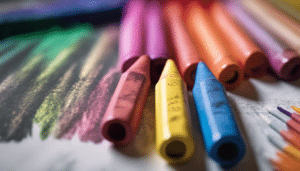
In addition to engaging in various fine motor skill activities, specific tools can significantly enhance a child’s pencil grip. Pencil grips, for instance, can provide better control and support. The Firesara Unique Pencil Gripper is one such product known for its effectiveness.
However, it is essential to consider the child’s hand size and personal needs when choosing such grips. A grip that is too large or small may hinder rather than help the child’s writing techniques. Therefore, experimenting with different tools, such as the BAUMGARTENS – TWIST N WRITE PENCIL, might be necessary to find the best fit for the child.
Silicone grips with finger holes are another option worth exploring. These grips can enhance pencil grip by guiding the fingers to a correct and comfortable position, making them a particularly effective tool for promoting proper pencil hold.
Correcting Common Pencil Holding Mistakes
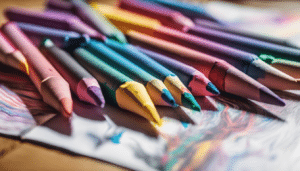
Addressing common pencil-holding mistakes, such as gripping too tightly, holding too close, or improper thumb placement, is significant in a child’s early writing development. These incorrect pencil grip techniques can lead to hand fatigue, poor handwriting, and difficulty with delicate motor tasks.
To correct these issues, it is essential to encourage proper pencil hold through engaging activities. Coloring, tracing, and manipulating playdough can improve grip and fine motor skills. Providing various writing tools and modeling the correct grip techniques is also beneficial, demonstrating the best positioning between the thumb and index finger.
Holding the pencil correctly involves more than just the hand’s position; it also includes the right amount of pressure. A proper grip should be firm but relaxed, ensuring the hand can move freely and comfortably.
Moreover, collaborating with Occupational Therapists could offer valuable insights and support. These professionals are skilled in techniques and exercises to improve hand strength and agility, further enhancing a child’s ability to grasp and manipulate a pencil correctly.
Products to Improve Pencil Grasp
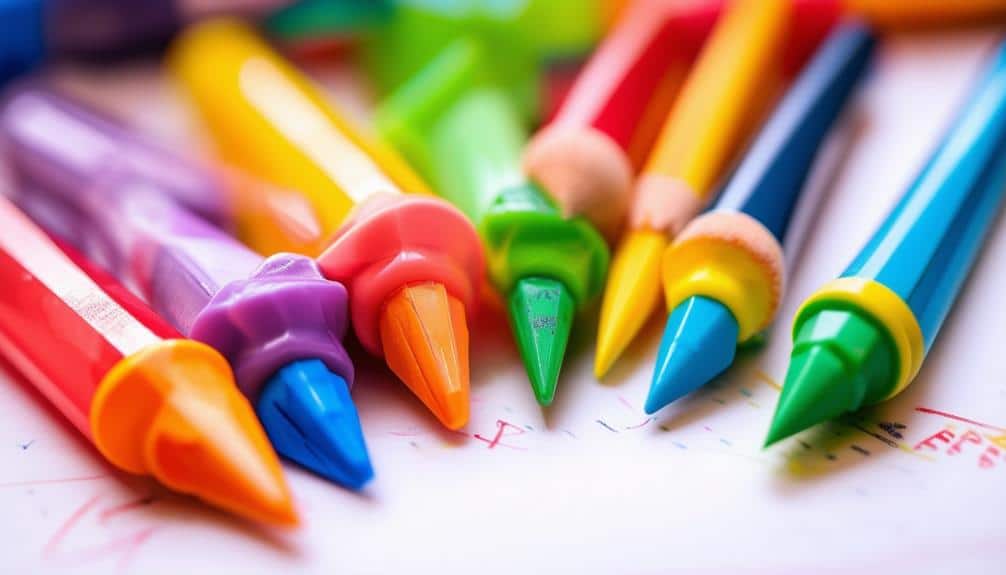
Various products are available to improve a child’s pencil grasp further, building on the importance of correcting pencil-holding mistakes.
Silicone pencil grips, for instance, are an outstanding choice for parents and educators. These grips come with finger holes that provide better control and support, refining the child’s grasp.
Specialized tools can also be advantageous. Child-safe tweezers and child-friendly scissors are exceptional for enhancing fine motor skills and grip strength, indirectly improving the child’s capability to hold a pencil correctly.
Breaking crayons into smaller pieces can be another efficient technique. It forces the child to use the correct grip due to the size of the crayon piece. Alternatively, various pencil grips, such as the Firesara Authentic Pencil Gripper, can be used for an ideal and comfortable fit.
Online resources offer a plethora of pencil grip products tailored for preschoolers. These aids are designed to correct and develop a proper pencil hold. Tools like BAUMGARTENS – TWIST N WRITE PENCIL are among the numerous pencil grip aids that help children hold pencils correctly and comfortably.
Encouraging Confident Writing

To foster confident writing in kids, it’s imperative to leverage adequate resources such as Mrs. Karle’s Sight and Sound Reading program, which offers free pre-handwriting practice worksheets. These resources help improve the fundamental skills that facilitate the correct way to hold a crayon or pencil, leading to more confident writing.
The following four strategies can be employed to encourage confident writing:
- Consistent Practice: Repeatedly using the worksheets will help children hold pencils correctly, effectively using their fingers and thumbs. This consistent practice builds hand strength, which is critical for a good pencil grip.
- Positive Reinforcement: Encourage children by acknowledging their improvements, no matter how small. This positive reinforcement boosts their confidence, ensuring they feel capable of writing.
- Customized Approach: Recognize that each child learns at their own pace. Tailor the learning process to their unique needs, reinforcing the correct way to hold the pencil.
- Creating a Conducive Environment: Provide the necessary tools and create an environment conducive to learning. This will enable children to feel comfortable, further boosting their confidence in writing.
RecognizingGrip Development Milestones
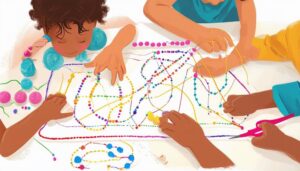 Understanding the developmental stages of pencil grasp, such as the fisted grasp for babies aged 1 to 1 & frac 12 years and the dynamic tripod grasp for children aged 4 to 6 years, is critical in recognizing grip development milestones. These stages signify progress in fine motor skills and hand-eye coordination, both essential for writing.
Understanding the developmental stages of pencil grasp, such as the fisted grasp for babies aged 1 to 1 & frac 12 years and the dynamic tripod grasp for children aged 4 to 6 years, is critical in recognizing grip development milestones. These stages signify progress in fine motor skills and hand-eye coordination, both essential for writing.
The fisted grasp represents a baby’s initial interaction with writing tools, using their whole hand to grip the pencil. Progressively, between the ages of 1 and frac12 to 3 years, children develop a palmar grasp, holding the pencil with the palm facing down. The ensuing stage is the five-finger pencil grasp, prevalent among children aged 3 to 4, indicating readiness for drawing and writing activities.
The dynamic tripod grasp, where the pencil is held between the thumb and first two fingers, generally emerges between ages 4 and 6, indicating significant motor skill advancement. This grasp is an important milestone because it signifies a child’s readiness for school tasks.
Recognizing these stages facilitates identifying age-appropriate activities to enhance pencil grasp development, fostering a child’s writing skills and readiness for academic learning.
Seeking Professional Help for Grip Concerns
 If concerns arise regarding a child’s ability to hold a crayon or pencil properly, it may be beneficial to seek the expertise of experts such as occupational therapists. These therapists evaluate and enhance fine motor skills, address grip concerns, and recommend suitable interventions.
If concerns arise regarding a child’s ability to hold a crayon or pencil properly, it may be beneficial to seek the expertise of experts such as occupational therapists. These therapists evaluate and enhance fine motor skills, address grip concerns, and recommend suitable interventions.
- Expert Help: Occupational therapists have specialized knowledge and skills for addressing grip concerns in children. They can create a tailored intervention program based on the child’s needs.
- Early Intervention: It’s essential to address grip concerns immediately. Early intervention helps prevent long-term challenges in writing tasks and other fine motor activities.
- Addressing Underlying Issues: Experts can help identify and address the underlying issues affecting a child’s pencil grasp development. This could include physical, cognitive, or sensory concerns.
- Holistic Approach: Collaboration between parents, educators, and therapists can create a thorough plan to improve grip skills. This approach ensures all aspects of the child’s development are considered, leading to more effective outcomes.
Frequently Asked Questions
At What Age Should You Correct Pencil Grip?
Early intervention, ideally around age 3-4, is vital in correcting pencil grip. With positive reinforcement and parental involvement, fine motor skills can be developed through consistent practice, visual cues, and hand-strengthening exercises.
How Should a 4-Year-Old Hold a Crayon?
A four-year-old should use a static tripod grasp, which enhances fine motor skills and hand muscles. This finger positioning provides a correct grip on writing utensils, essential for early learning, hand coordination, and occupational therapy practices.
How Can I Improve My Pencil Grip Autism?
Engaging in sensory activities and fine motor skills exercises can improve pencil grip for people with autism. Occupational therapy, handwriting exercises, visual cues, and adaptive pencil grips can also enhance grip strength. Parent involvement is essential in this process.
What Are the Activities to Encourage Pencil Grip?
Activities such as lacing, threading, crafting, and playing with clay enhance fine motor skills, finger strength, and hand-eye coordination. These activities promote grip strength, improve pencil grasp, and encourage proper writing posture and hand dominance.
Conclusion
Proper pencil or crayon grip is vital to a child’s growth. It impacts their handwriting and overall motor development. Using helpful suggestions, assistive devices, and expert support can make a big difference in achieving a correct pencil grip.
The dynamic tripod grip signifies a significant milestone in child development. Ensuring a child moves smoothly from a palmar supinate grasp to a mature pencil grasp helps improve their precise movements and overall writing skills. Activities like using triangular crayons or crayon rocks can help.
Parents can foster their child’s writing skills by encouraging motor practice and intentional teaching. Engage in fun activities like coloring and crafting with essential items to build finger muscles. Seek help from pediatric occupational therapists if needed, as early intervention ensures a child’s successful handwriting journey.

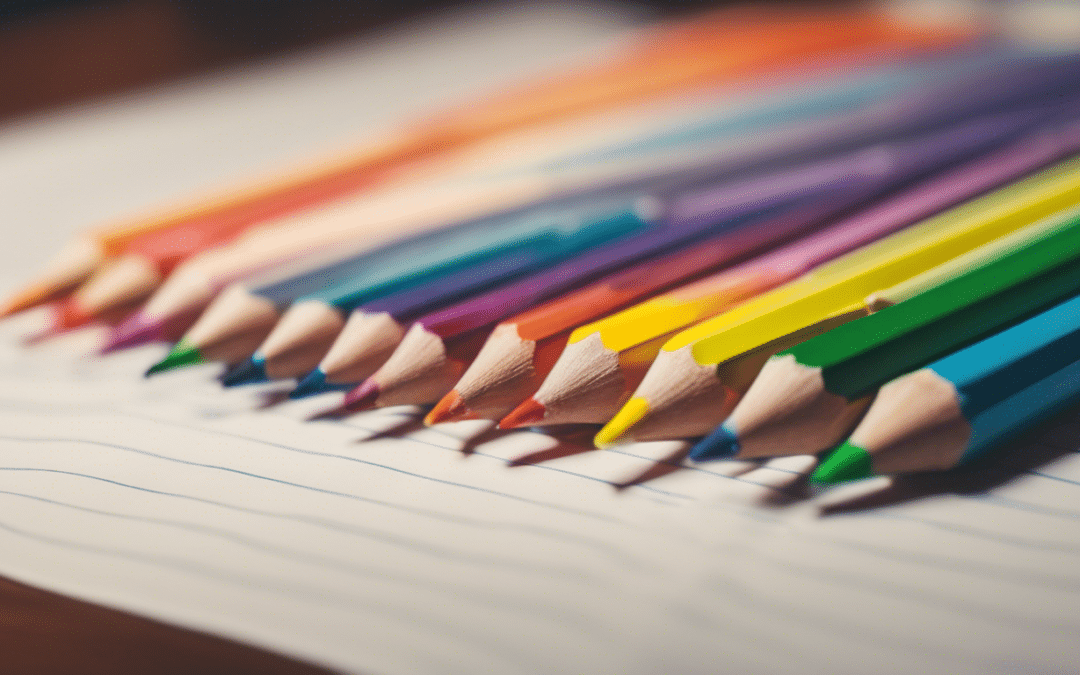
Recent Comments